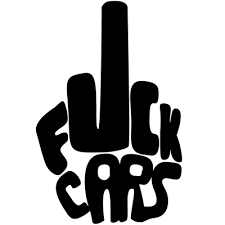Even if you think what you would say is obvious, please add. This is genuinely something I think makes sense regarding local bus routes given the longevity of light rail and how infrequently routes change, but I also suffer from confirmation bias, so I’m hoping for reasons this would be a terrible idea but obviously would prefer reasons it would be an even more amazing idea than I thought.


Many people aren’t, which is why so many of these discussions have very muddled conversations in places.
Trams (Streetcars in the US) usually run on rails on the main roads. They might have some parts off the road, or have priority at intersections so that they’re faster than blocked up traffic. Trams are usually designed to service the last mile problem so they go right through neighborhoods and commercial districts with stops about every 200-600m.
Light rail (Metro trains, S-Bahn) and subways (U-Bahn, London Underground) are larger trains that are usually grade separated (not on the road with the cars). They can run underground or on elevated rails above the roads too. They’re very similar to Trams, but are larger, faster, and usually designed to move more people longer distances. Their stops are usually more like every 600m-1800m apart.
Why have a distinction between these? Mostly because they do serve very different roles in the city. Their distinction is most visible once you leave the core downtown area. In the core, they both have a tendency to stop more often so they look similar. Once you leave downtown, the light rail starts booking it long and fast while the trams keep trying to stop every few blocks.
Thanks for the explanation
You’re very welcome. I like trains and I like being pedantic. You’ve come to the right place for detailed explanations of train variants.
Have a good one!
Removed by mod